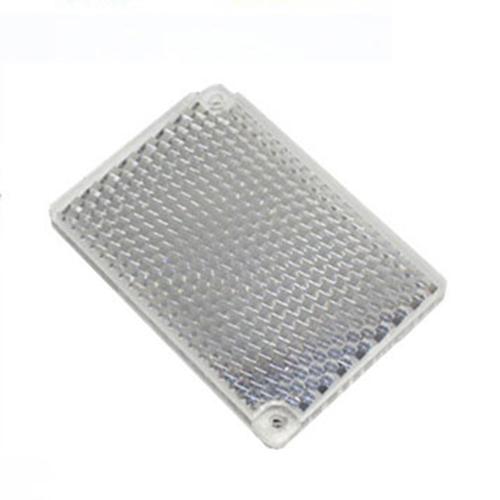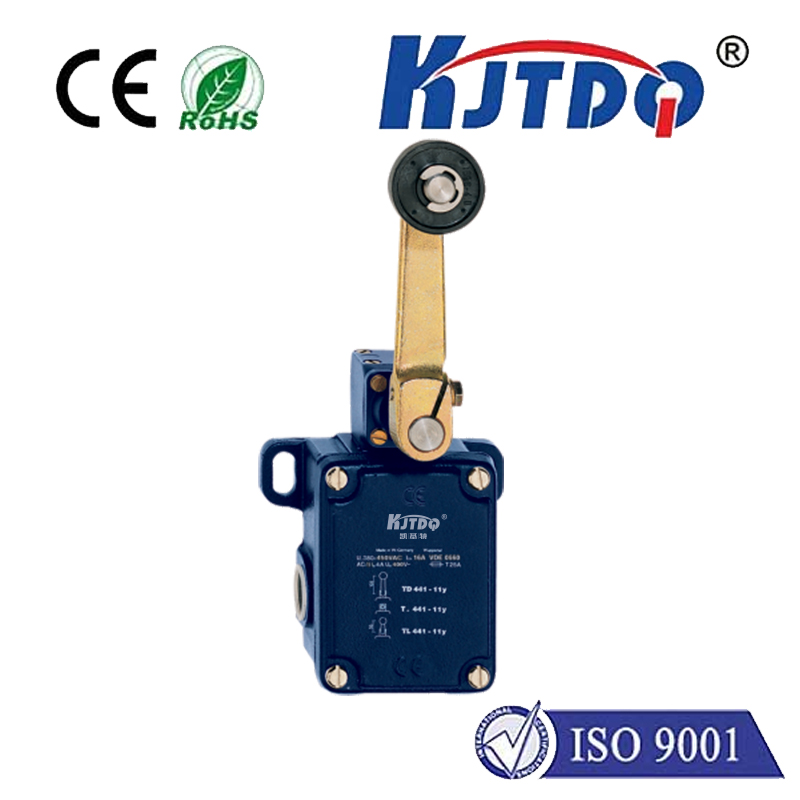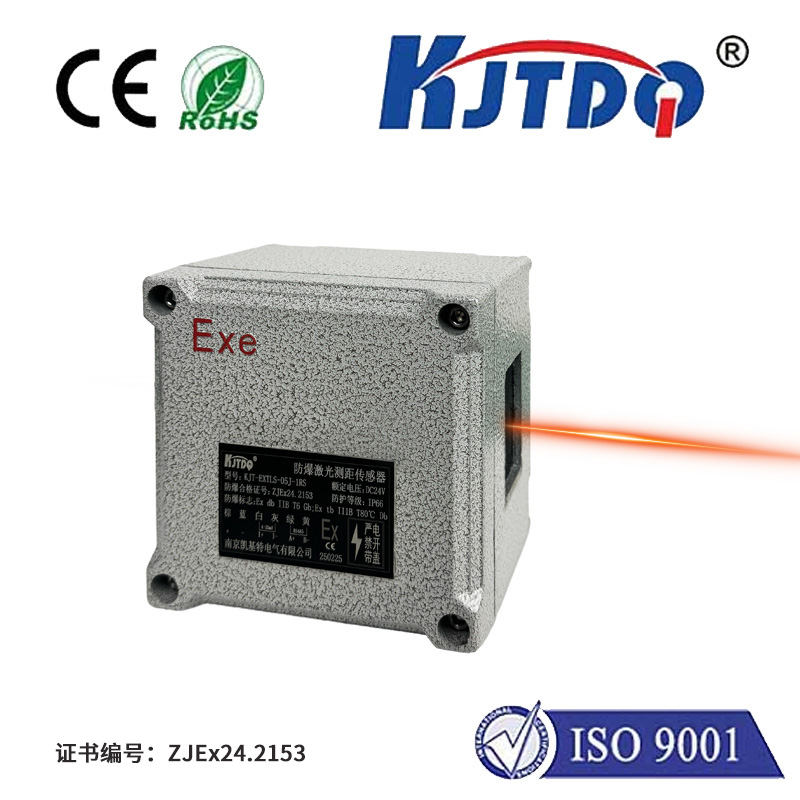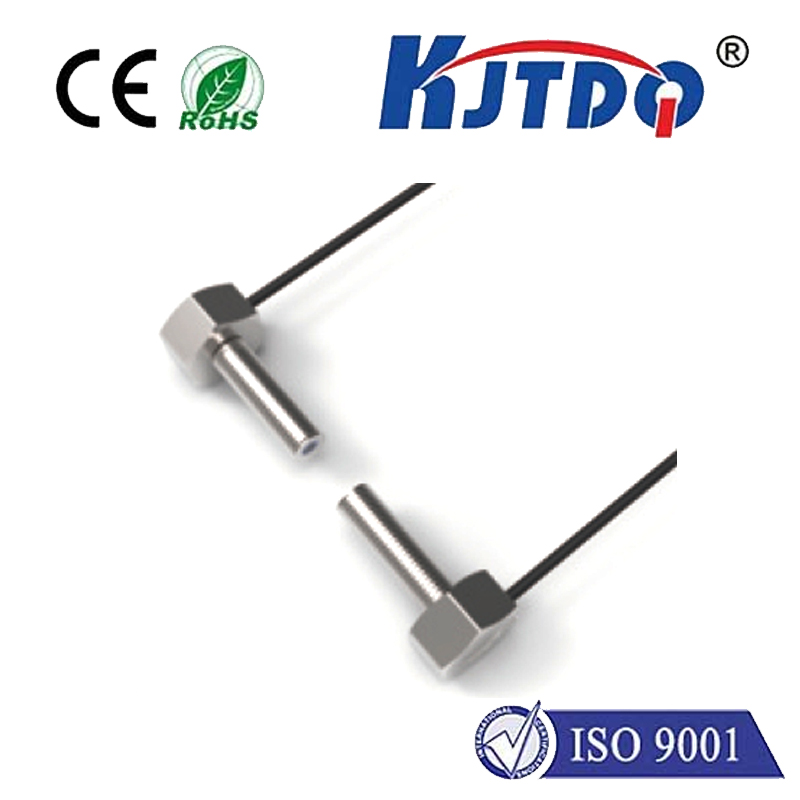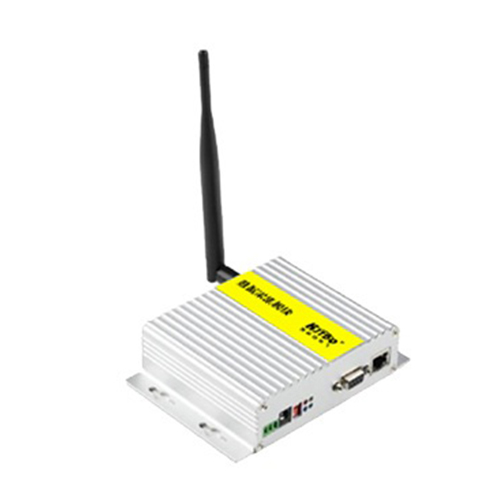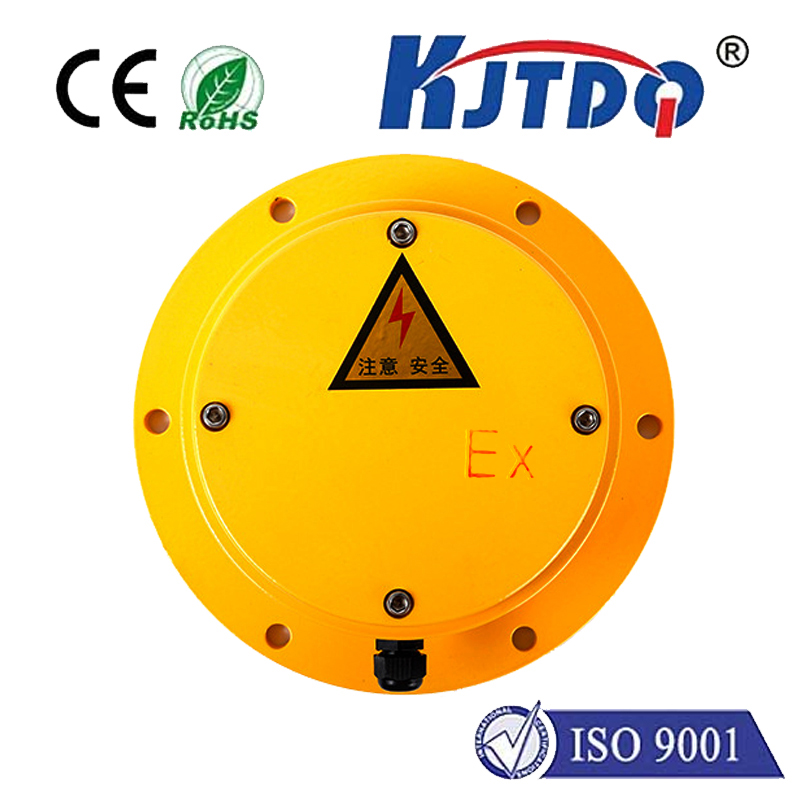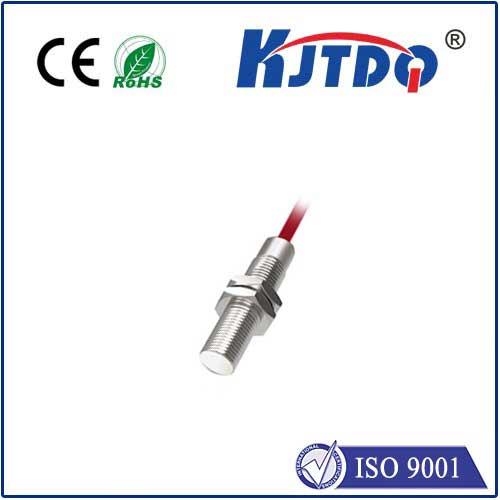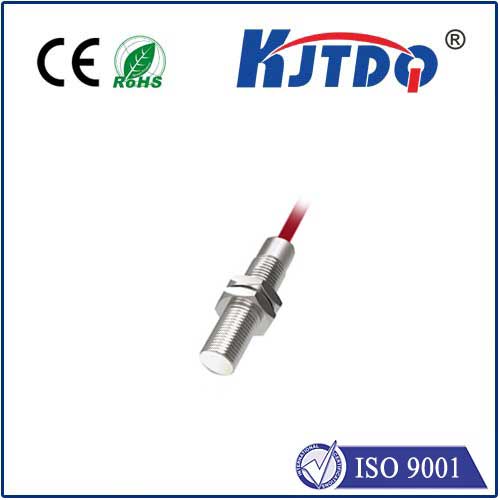sar proximity sensor
- time:2025-06-28 00:31:06
- Click:0
SAR Proximity Sensors: Unlocking Precision Detection in Challenging Environments
Imagine needing to detect the precise distance to an object, but it’s shrouded in thick fog, covered in dust, or operating in pitch darkness. Traditional optical or ultrasonic sensors falter. This is where the remarkable capabilities of SAR proximity sensors come to the forefront, offering robust and accurate non-contact detection where others simply can’t perform. Leveraging advanced radar technology, these sensors are revolutionizing automation, safety, and monitoring systems across demanding industries.
What Exactly is a SAR Proximity Sensor?
At its core, a SAR proximity sensor is a sophisticated non-contact detection device utilizing Synthetic Aperture Radar (SAR) principles, often implemented in a compact, integrated form factor suitable for proximity sensing. Unlike optical cameras or LiDAR, SAR operates in the microwave or millimeter-wave portion of the electromagnetic spectrum (typically 24 GHz, 60 GHz, or 77 GHz and higher). This fundamental characteristic grants it unique advantages:
- Penetration Capability: Microwaves can penetrate non-metallic obscurants like fog, dust, smoke, rain, snow, and even certain packaging materials, enabling reliable operation in visually degraded environments.
- All-Weather, All-Lighting Operation: Completely unaffected by ambient light conditions – functioning flawlessly in total darkness, bright sunlight, or challenging glare scenarios.
- Material Insensitivity (within limits): Performance is generally consistent across a wide range of surface materials (metal, plastic, wood, etc.), though reflectivity can vary.
While traditional SAR is associated with large apertures created by moving platforms (like satellites or aircraft) to achieve high-resolution imagery, proximity sensor implementations cleverly use signal processing techniques (like Frequency Modulated Continuous Wave - FMCW radar) and advanced algorithms to synthetically create the effect of a larger aperture from a small, static physical sensor. This allows them to achieve the fine distance resolution and accuracy required for proximity detection tasks.
How SAR Proximity Sensors Achieve Their Magic

The fundamental working principle hinges on radar technology:
- Wave Transmission: The sensor emits a carefully controlled, continuously modulated electromagnetic wave (usually FMCW).
- Reflection: This wave travels outward and reflects off objects within its field of view.
- Echo Reception: The sensor’s receiver captures the reflected signal (echo).
- Signal Processing & Analysis (The SAR Secret Sauce): Advanced digital signal processing (DSP) algorithms analyze the received signal. Key steps include:
- Comparing the phase and frequency shift between the transmitted and received signal to determine distance (range) with high precision.
- Utilizing principles inspired by SAR to effectively enhance angular resolution, allowing the sensor to distinguish between closely spaced objects laterally, not just in range, even with a small physical antenna.
- Filtering out noise and interference.
This sophisticated processing translates the raw radar data into highly accurate distance measurements or discrete detection signals, forming the core output of the SAR proximity sensor.
Why Choose SAR Proximity Sensing? Key Advantages
The unique operating principle translates into compelling benefits over other sensing technologies:
- Unmatched Environmental Resilience: Their ability to perform reliably in dust, fog, rain, snow, smoke, and complete darkness is unparalleled. This makes them ideal for outdoor applications, heavy industrial settings (mining, construction, agriculture), and any situation with poor visibility.
- High Precision & Accuracy: Capable of sub-centimeter to millimeter level accuracy in distance measurement, crucial for precise positioning, level control, and safety-critical applications.
- Non-Contact Operation: Eliminates mechanical wear and tear and allows detection without physical interaction, essential for delicate objects or sterile environments.
- Robust Against Target Surface: Less affected by the color, texture, or reflectivity (within the radar spectrum) of the target object compared to optical sensors.
- Longer Operational Range: Depending on the frequency and power, they can effectively detect objects at distances ranging from centimeters to tens or even hundreds of meters, far exceeding typical ultrasonic sensors.
- Discrete Sensing: Microwave radar signals are typically less intrusive and visually noticeable than powerful laser beams used in LiDAR.
Vital Applications: Where SAR Proximity Sensors Shine
Their unique capabilities unlock solutions in numerous demanding fields:
- Industrial Automation: Precise positioning of robotic arms, conveyor belt monitoring (object counting, jamming detection), fill level measurement in tanks (even through non-metallic walls), and quality control in harsh factory environments (foundries, chemical plants).
- Automotive & Transportation: Crucial for advanced driver-assistance systems (ADAS) like blind-spot detection (BSD), rear cross-traffic alert (RCTA), and automated parking systems, especially in adverse weather. Also used in autonomous guided vehicles (AGVs) and industrial lift trucks for navigation and obstacle avoidance.
- Aerospace & Drones: Altitude sensing, obstacle avoidance for UAVs (drones) operating in low-visibility conditions, and precise landing systems.
- Smart Infrastructure: Monitoring structural clearances (bridges, tunnels), traffic monitoring through fog, and security perimeter protection unaffected by foliage or weather.
- Agriculture: Guidance systems for autonomous tractors operating in dusty fields, crop monitoring, and level sensing in silos.
- Material Handling & Logistics: Pallet detection, warehouse automation, and container filling level monitoring.
Design Considerations and Future Trajectory
Implementing SAR proximity sensors effectively requires careful consideration:
- Antenna Design: Dictates beam pattern, directivity, and resolution. Integration is key for compact sensors.
- Frequency Band: Lower frequencies (e.g., 24 GHz) offer better penetration but lower resolution. Higher frequencies (e.g., 60⁄77 GHz+) provide finer resolution but may be more attenuated by atmospheric conditions. Regulatory approval is essential.
- Signal Processing Complexity: The advanced DSP required for SAR-like resolution and filtering represents a significant design challenge, increasingly handled by powerful, low-power integrated circuits.
- Power Consumption: Crucial for battery-operated devices; efficiency is continually improving.
- Cost: Historically higher than simpler sensors, but costs are decreasing with increased integration and volume production.
The future for SAR proximity sensing is exceptionally bright. Key trends include:
- Miniaturization & Integration: Development of highly integrated radar system-on-chip (SoC) solutions making SAR capabilities accessible in ever-smaller form factors.
- Enhanced Resolution & Intelligence: Leveraging MIMO (Multiple Input Multiple Output) techniques and AI/ML algorithms for even finer object discrimination, classification, and tracking capabilities.
- Multi-Sensor Fusion: Combining SAR radar data with inputs from cameras, LiDAR, or ultrasonics for robust perception systems.
- Wider Adoption in Consumer Electronics: Potential integration into smart home devices, robots, and IoT applications demanding reliable sensing in varying conditions.
SAR proximity sensors are far more than just another detection tool. They represent a technological leap, providing critical, reliable distance information where traditional optical or acoustic methods are blinded or deafened. By harnessing the power of advanced radar and SAR-inspired processing in compact packages, they enable safer automation, smarter systems, and more resilient operations across a vast landscape of industries. As the technology evolves, becoming smaller, smarter, and more cost-effective, its footprint in our automated world will only continue to grow exponentially.






